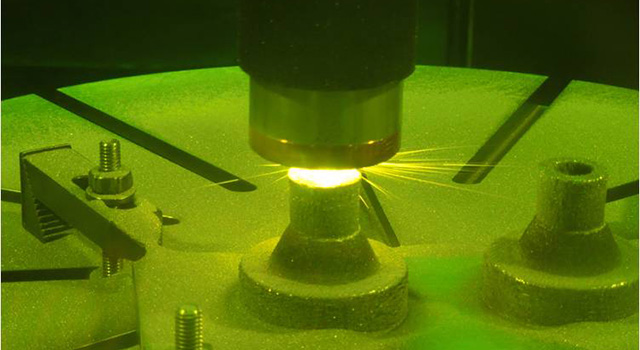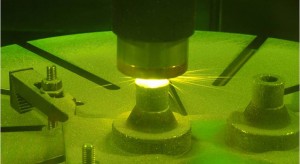July 30, 2014 – The Jet Propulsion Laboratory (JPL) of NASA is using 3D printing with mulitple materials, proving that additive manufacturing is not just the future but the present as well when it comes to manufacturing.
JPL along with the California Institute of Technology and Pennsylvania State University recently demonstrated a prototype of a telescope mirror mount that included a low-thermal expansion metal designed not to shrink in space combined with a stainless steel base designed to connect to a satellite. The low-thermal metal would be the surface upon which epoxy adhesive would be deposited to adhere a telescope mirror.
How was it done? Metal powder, a laser, a rotating rod and traditional 3D printing technology. By using additive manufacturing the part created is much more durable than if the two metals had been constructed separately and then welded.
For fabricating and assembling space vehicles, this successful demonstration unlocks a whole new dimension in space manufacturing. And it has application here on Earth where it will most likely be of great interest to both the aerospace and automotive industries.
Recently SpaceX announced in unveiling the Dragon 2.0 capsule, that its SuperDraco engines were 3D printed. With no welds and made from a nickel-chromium alloy, the engines are much more capable of handling the stresses of multiple shutdowns and ignitions without metal deformation or fracturing of seams traditionally held together by welds.










[…] per l’esplorazione di pianeti attualmente lontani come Marte, per realizzare cibo, attrezzature e […]